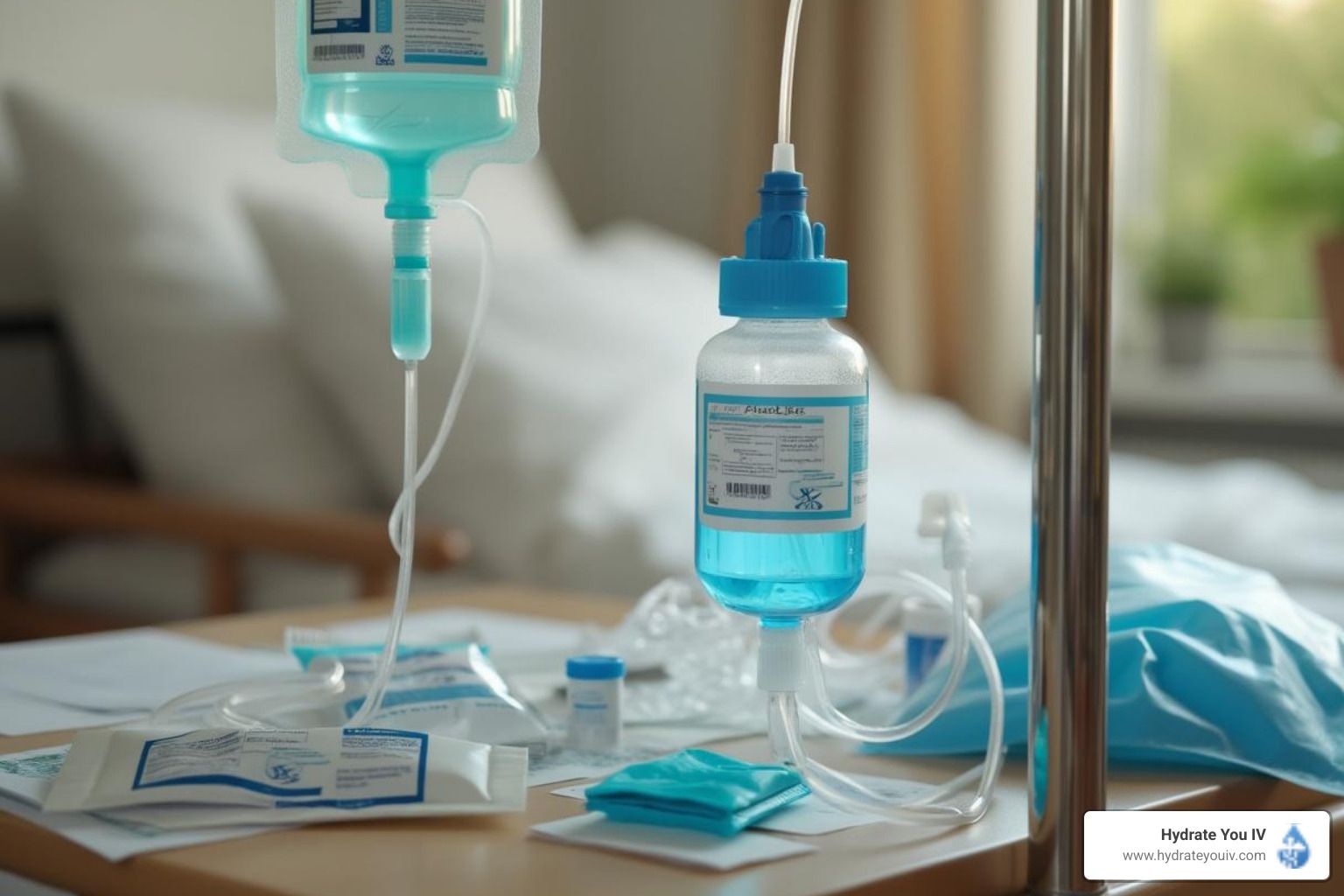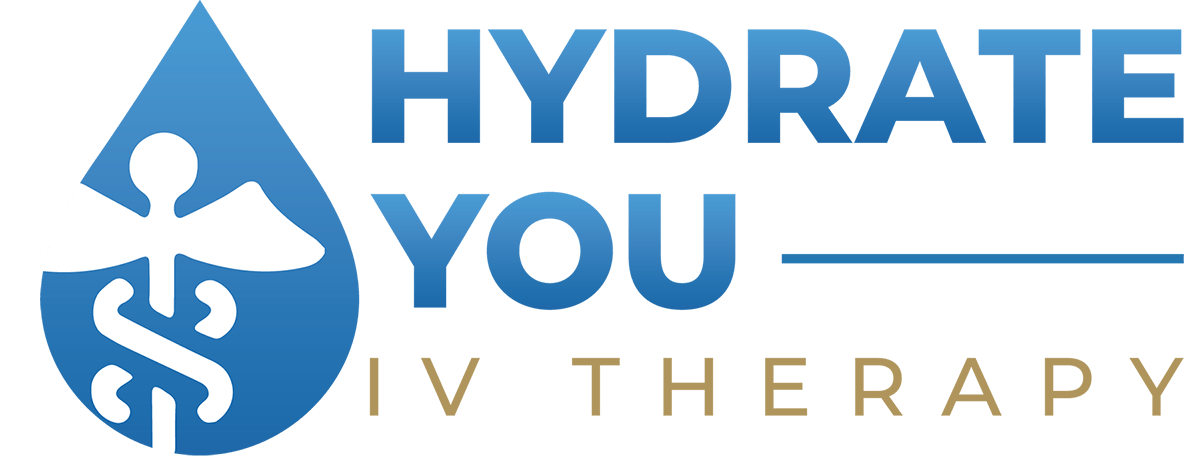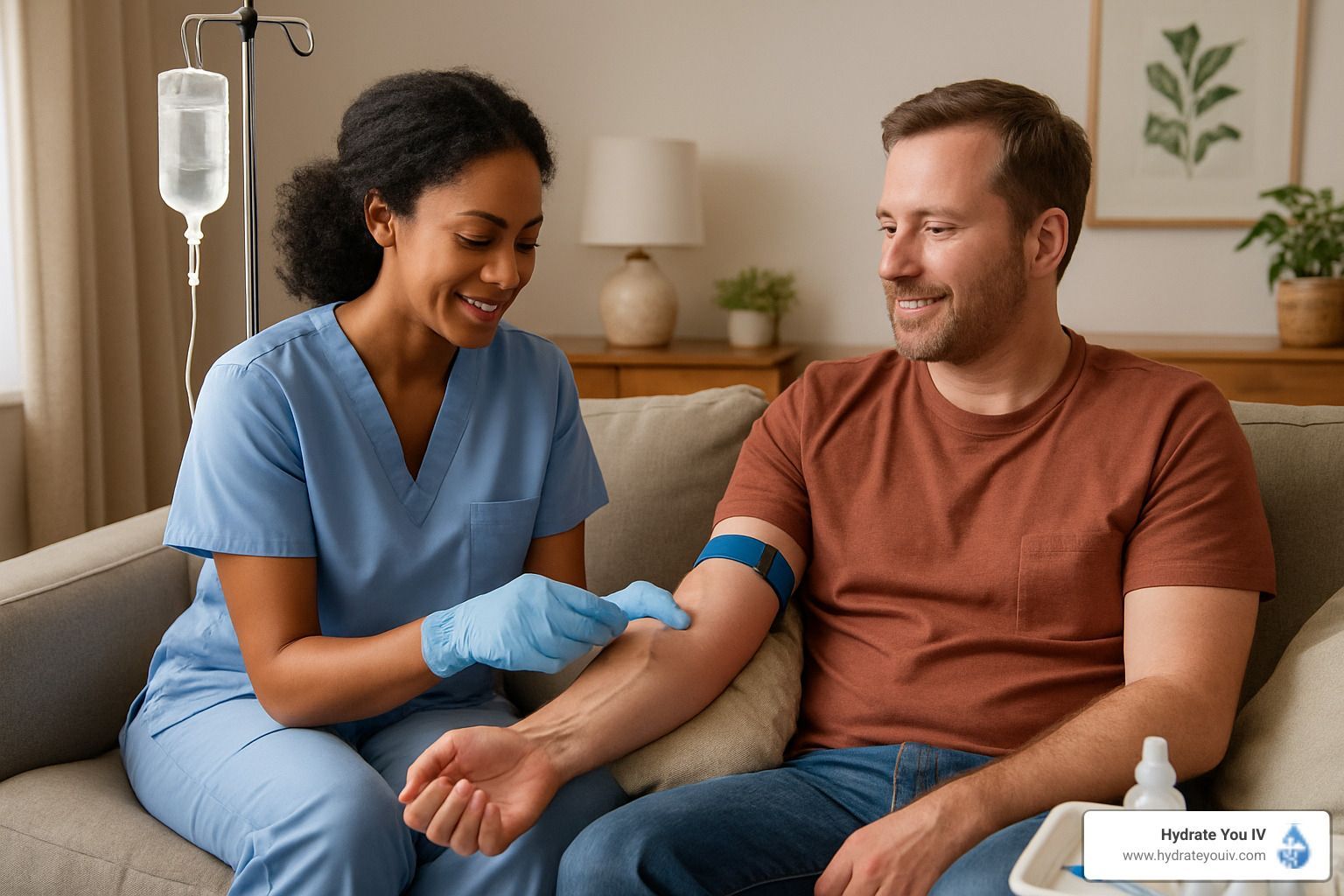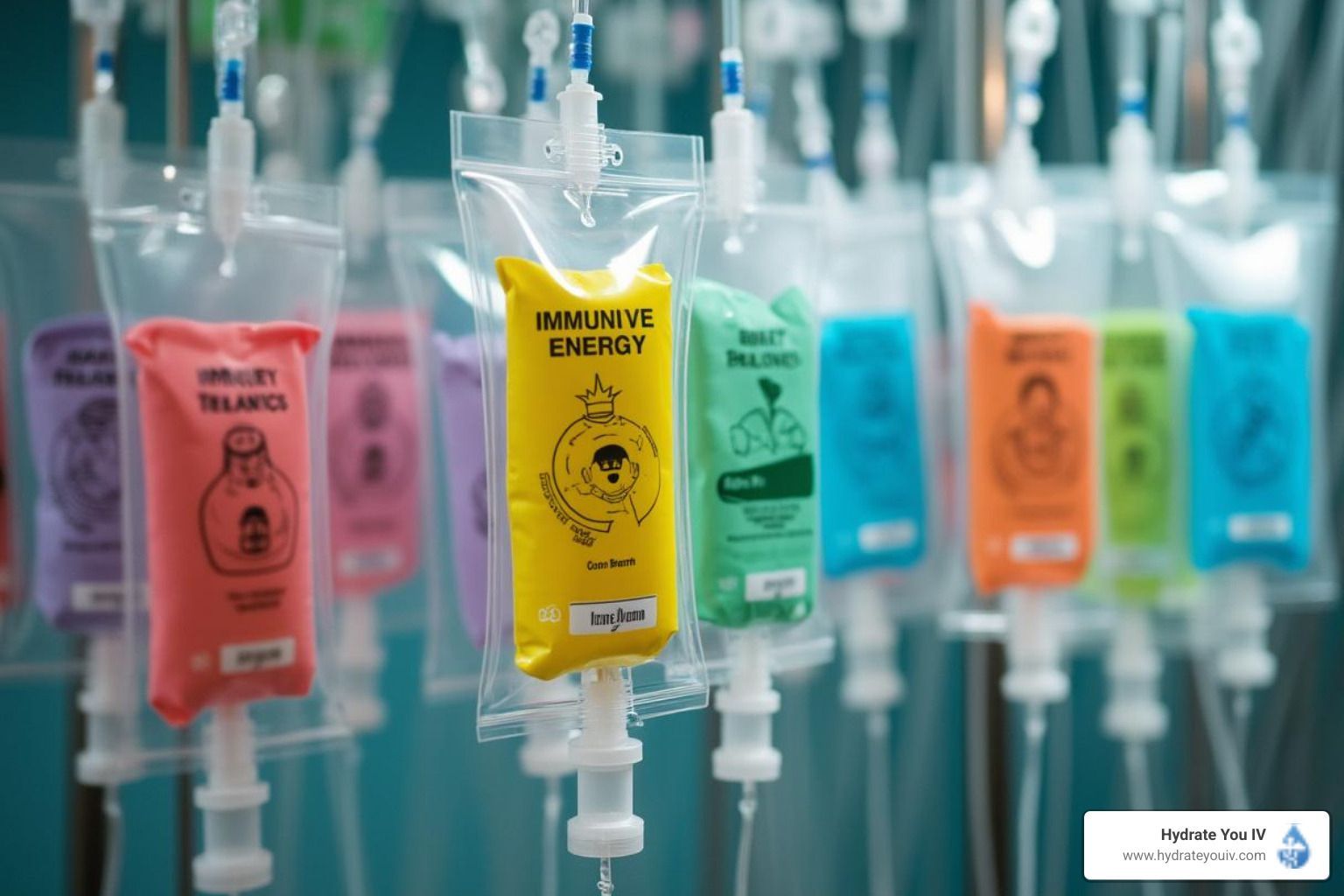Winter Wellness: Combat Cold Symptoms with IV Therapy for Quick Relief
Winter Wellness: Combat Cold Symptoms with IV Therapy for Quick Relief
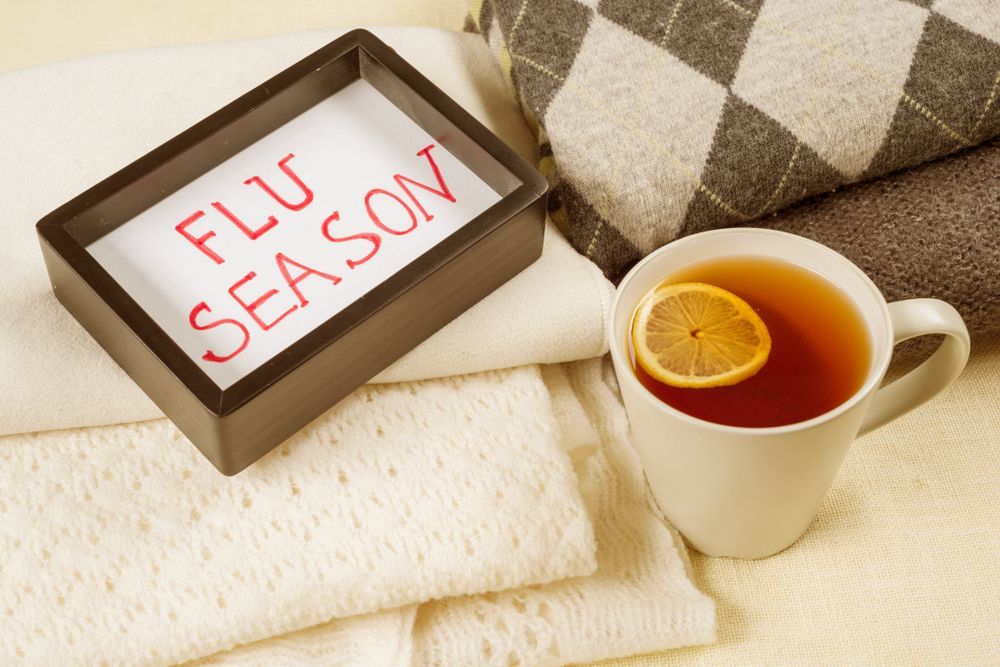
As winter approaches, many people find themselves battling colds and other respiratory issues. The cold weather can weaken our immune systems, making it easier for viruses to take hold. One innovative solution gaining traction is IV therapy, an efficient method for delivering hydration and essential nutrients directly into your bloodstream. This article explores how IV therapy can provide quick relief from cold symptoms.
Understanding the Basics of IV Therapy
What is IV Therapy?
IV therapy, or intravenous therapy, is a medical technique that allows for the administration of fluids, medications, or nutrients directly into a patient’s bloodstream via a vein. This method bypasses the digestive system, ensuring that the nutrients are absorbed quickly and effectively. The therapy is commonly used in hospitals but has gained popularity in outpatient settings for a variety of wellness and recovery purposes. In recent years, IV therapy has also emerged as a popular choice for those seeking to enhance their athletic performance, recover from hangovers, or simply boost their energy levels.
How Does IV Therapy Work?
During an IV therapy session, a healthcare professional inserts a small needle into a vein, typically in the arm. Through this needle, a sterile IV bag containing a specifically formulated mixture of fluids, vitamins, and minerals is introduced into the bloodstream. The infusion occurs over a set period, usually ranging from 30 minutes to a few hours, depending on the type of treatment. The composition of the IV solution can vary significantly, often tailored to meet the individual needs of the patient, whether it's hydration, replenishing electrolytes, or delivering essential vitamins like B12 and C.
This direct delivery method can help rapidly alleviate dehydration, supply nutrients, and support overall health, making it a potential ally against cold symptoms. Additionally, IV therapy is often employed in the treatment of chronic conditions such as migraines, fibromyalgia, and even certain autoimmune disorders. By providing a concentrated dose of nutrients directly into the bloodstream, patients may experience quicker relief and improved overall wellness. Furthermore, the customizable nature of IV therapy allows healthcare providers to adjust the treatment based on the patient's specific health goals, making it a versatile option for many seeking to enhance their well-being.
The Connection Between IV Therapy and Cold Symptoms
The Role of Hydration in Fighting Colds
Staying well-hydrated is critical when fighting a cold. Hydration helps maintain mucous membranes, which are essential barriers against infections, and can help to thin mucus, making it easier to expel. IV therapy provides a quick way to rehydrate, particularly if oral consumption is challenging due to throat soreness or nausea.
Many IV therapy treatments include a saline solution that replenishes lost fluids and electrolytes, helping to restore balance in your body and promote recovery from cold symptoms. Additionally, hydration plays a vital role in regulating body temperature, which can be particularly important if you experience fever as a symptom of your cold. Maintaining optimal hydration levels can also help alleviate headaches and fatigue, common complaints during illness, allowing you to feel more comfortable as you recover.
Nutrients Delivered by IV Therapy to Boost Immunity
In addition to hydration, IV therapy can supply a potent mix of vitamins and minerals designed to bolster your immune defenses. Common nutrients found in IV drips include:
- Vitamin C: Known for its immune-boosting properties, vitamin C helps shorten the duration of colds and enhances overall immune function.
- Zinc: This mineral plays a crucial role in immune response, aiding in both the prevention and healing of colds.
- B Vitamins: Essential for energy production and overall health, B vitamins support the body’s stress response and recovery processes.
By delivering these nutrients directly into your bloodstream, IV therapy can help your body respond more effectively to colds. Furthermore, some IV therapy formulations may also include antioxidants like glutathione, which can help reduce oxidative stress and inflammation in the body, further supporting your immune system. The rapid absorption of these nutrients means that you can potentially experience relief from cold symptoms more quickly than with traditional oral supplements, making IV therapy an appealing option for those seeking faster recovery during cold and flu season.
Benefits of Using IV Therapy for Cold Relief
Quick Symptom Relief
One of the most significant advantages of IV therapy is the rapid relief it can provide. Traditional oral methods of nutrient intake can take time to be processed by the digestive system, whereas IV therapy enables immediate absorption. Many patients report feeling better within hours of their session, experiencing reduced symptoms such as fatigue and congestion.
Boosting Your Immune System
IV therapy not only addresses acute symptoms but also works to strengthen your immune system over time. Regular sessions can provide ongoing support, helping to keep your defenses up during the cold months. Additionally, well-nourished bodies are better equipped to fend off viruses and recover more quickly when they do fall ill.
Safety and Efficacy of IV Therapy for Cold Relief
Is IV Therapy Safe?
IV therapy is generally safe when performed by a qualified healthcare professional. However, it is crucial to ensure that the clinic or facility adheres to strict hygiene practices and is licensed. Potential side effects may include slight bruising, discomfort at the injection site, or, in rare cases, allergic reactions to certain nutrients.
How Effective is IV Therapy in Treating Colds?
While individual experiences may vary, many patients find IV therapy to be an effective way to manage cold symptoms. Research indicates that the vitamins and minerals delivered via IV can enhance overall immune function and decrease the severity of cold symptoms. However, it should not replace traditional medical treatments, especially for more severe illness.
Preparing for Your IV Therapy Session
What to Expect During an IV Therapy Session
Upon arriving at the facility, you will undergo a brief assessment to determine the best IV formulation for your needs. The healthcare professional will explain the procedure, ensuring you feel comfortable. During the session, you may relax, read, or simply take a moment to unwind while the nutrients are infused into your bloodstream.
Post-Therapy Care and Considerations
After your session, it's essential to hydrate further and pay attention to how your body feels. While most individuals can resume their regular activities immediately, some may prefer to rest and allow the nutrients to take effect. It is advisable to avoid strenuous exercise for a few hours following the treatment.
In summary, when battling cold symptoms this winter, consider IV therapy as a quick, effective method to hydrate and bolster your immune system. With the right preparation and caution, it may lead you to feeling healthier and more resilient as the colder months progress.

